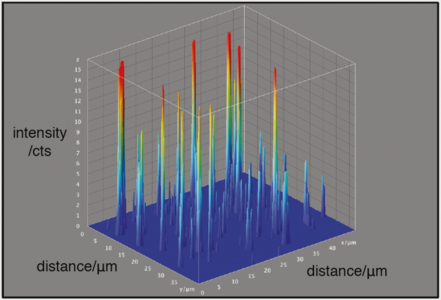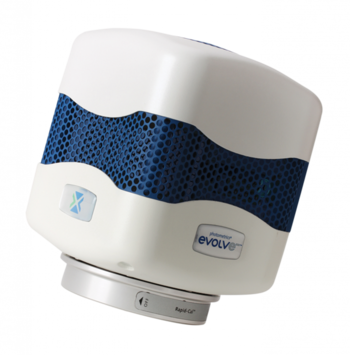Single Molecule and TIRF
Dr. Steven Magennis
The University of Glasgow, School of Chemistry
Background
The School of Chemistry has a long history of excellence in both research and teaching. It maintains a superb research environment with world leading research groups and facilities. The School supports a wide variety of research topics, from all aspects of Chemistry, as well as interfaces with biology, materials science and physics.
Dr. Magennis and his team focus on single-molecule techniques, looking for ways to reveal details about molecular systems that are otherwise obscured by conventional ensemble methods. They use powerful tools for the study of systems that cannot be synchronized, display static or dynamic heterogeneity, have transient intermediates or undergo rare events. Underlying themes in their research are the use of single molecule spectroscopy and imaging to probe the structure, dynamics and reactions of biomolecules, and the development of new tools using ultrafast lasers.

Figure 1: Multiphoton TIRF microscopy of immobilised CdSe/ZnS quantum
dots (see Lane et al. Optics Express, 2012, Vol. 20, p 25948-25959)
Challenge
Due to the sophisticated nature of their research, the team needed to ensure reliable detection of single molecules in their imaging process. Intrinsically weak signals and interference from background sources of scattering and fluorescence make imaging a challenge and difficult to achieve. Of highest importance was the need for good signal to noise capability.
We’ve been very happy with both cameras performance and the excellent technical support provided by Teledyne Photometrics.
Dr. Steven Magennis
Solution
The team successfully used the Evolve® 512 EMCCD camera (new series now available) for a number of years for prior research. They were happy to continue using the Evolve as their camera of choice. They also implemented the Photometrics DV2 multichannel system. The DV2 is an emission splitting system enabling a user to acquire two spatially identical but spectrally distinct images simultaneously.
Dr. Magennis shares "In combination with total internal reflection fluorescence (TIRF) microscopy, the Evolve 512 has allowed us to routinely detect and analyze the fluorescence from single molecules, providing long-time dynamic information on immobilized molecules and particles."
